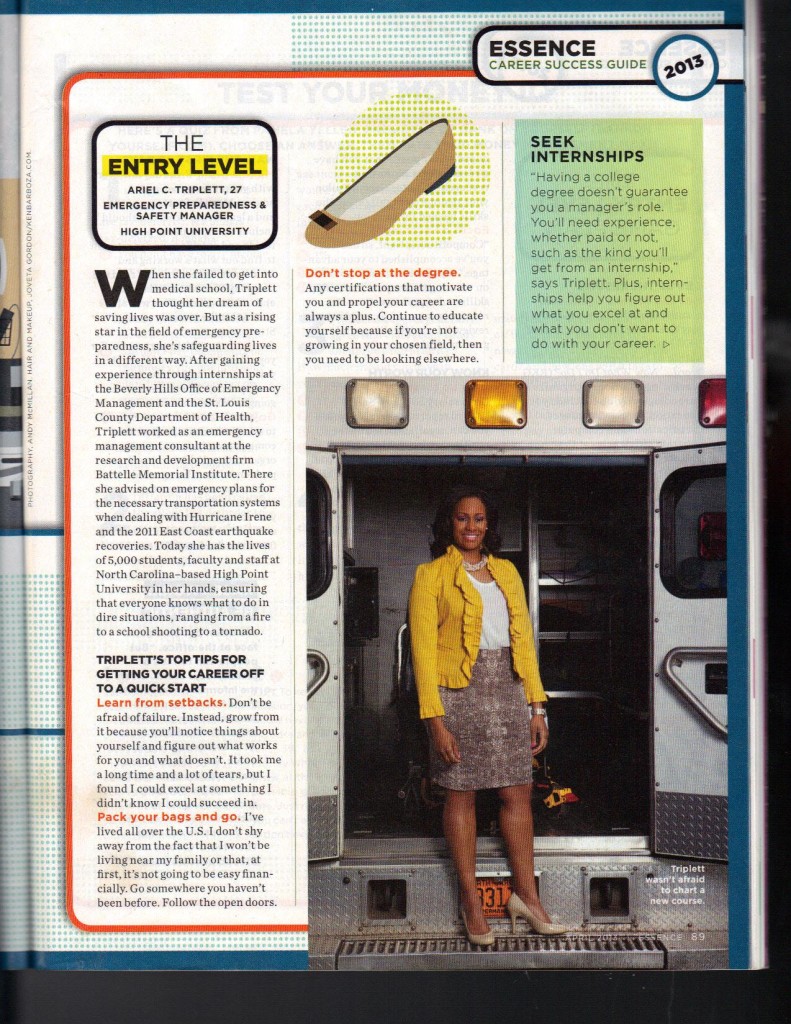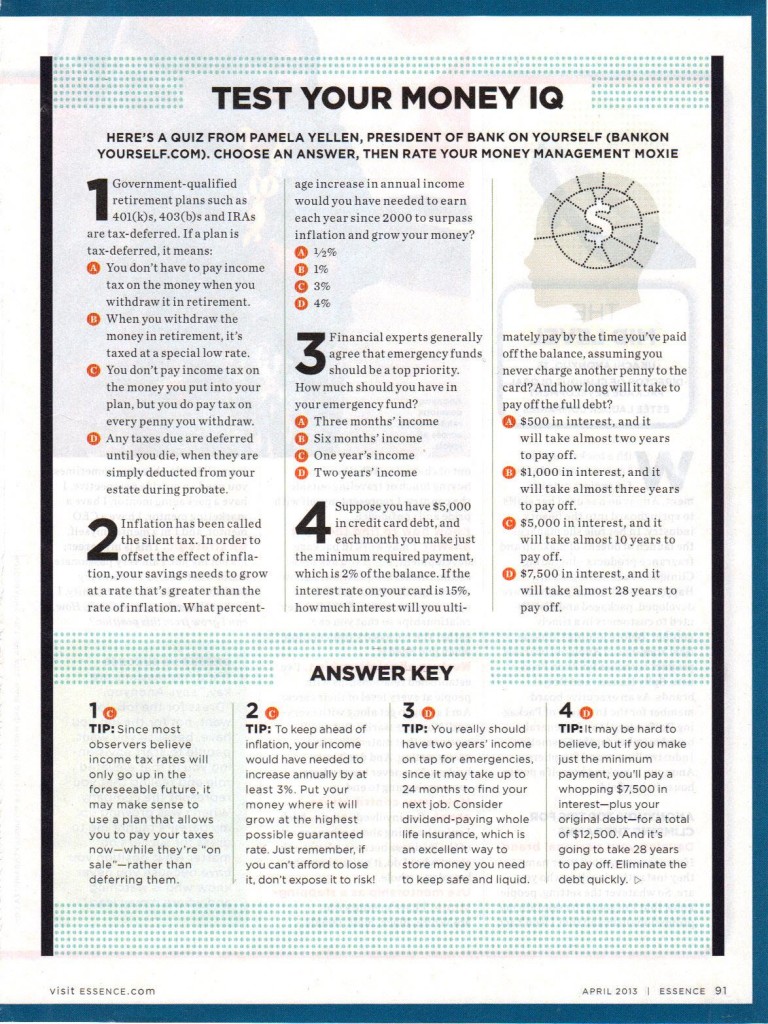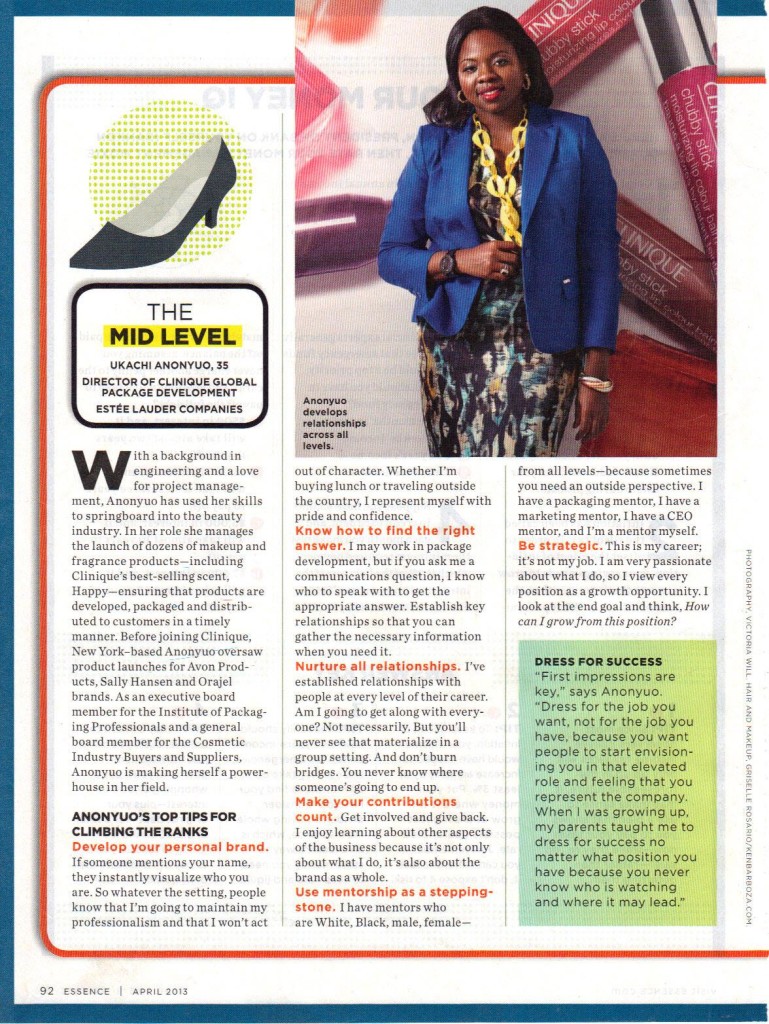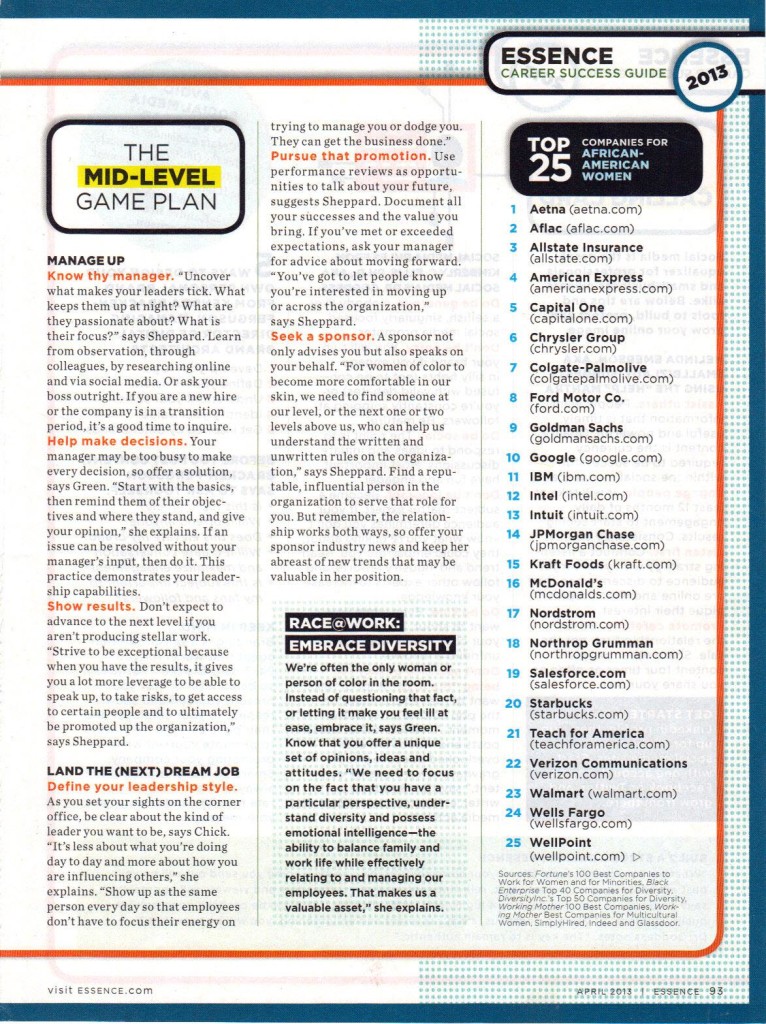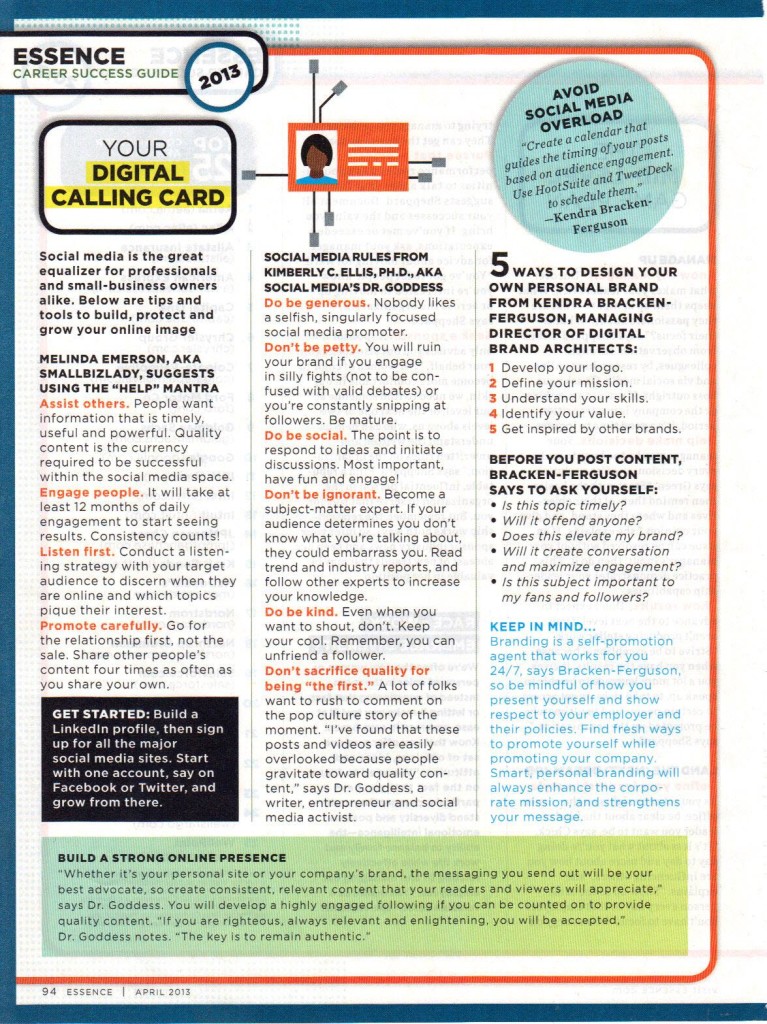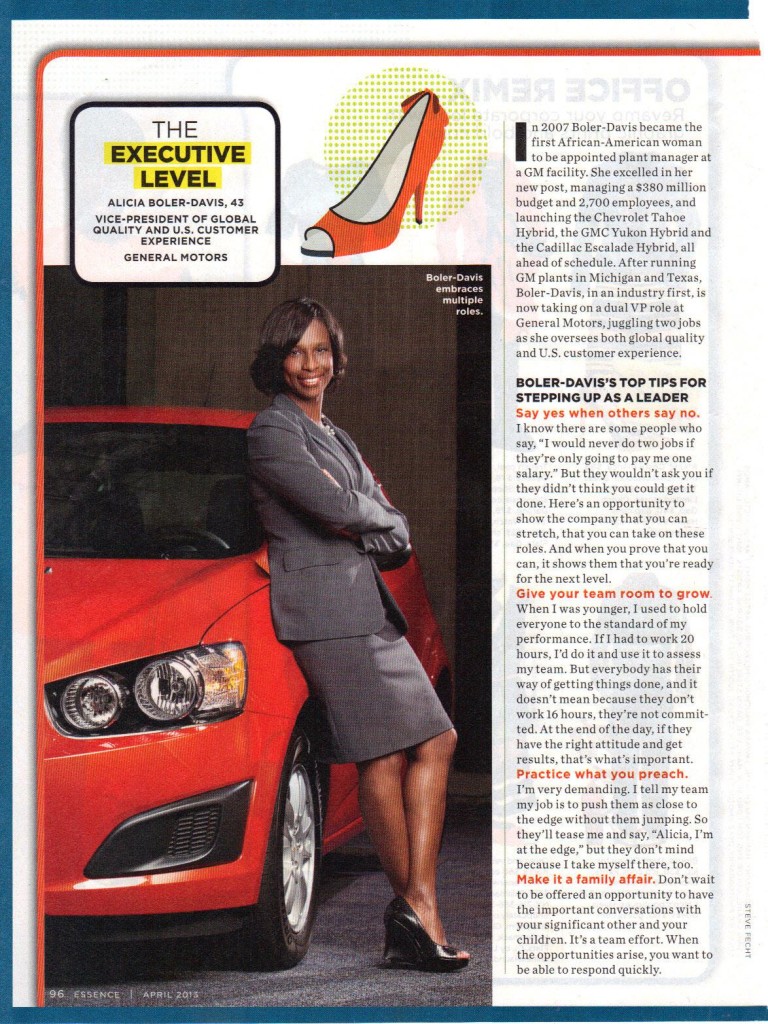I’m a big believer that it’s not how you start something, it’s how you finish it. To say that 2014 was a transitional year for me would be an understatement; yet I can also say that it ended up being one of my most phenomenal years. By the end of 2013, I was clear on what my vision and goals were for 2014. Every year in December I take a personal retreat away from family, friends, home, work, and church to not only get some much needed rest and relaxation, but to reflect on the year and to assess what I did well, what I could have done better, celebrate my successes/achievements, and set new goals. This year I came to Cabo San Lucas and plan to stay in paradise for 8 days. As I reflect on 2014, I am amazed at how fast it has come and gone and yet, how much has happened. Here are my most memorable moments of 2014:
1. One major decision that I made at that retreat was to take the leap of faith and to finally venture out on my own to launch SDS Global Enterprises full time. I had been contemplating it for several years but I knew that it had to be done at the right time, in the right way, and with the right planning. And honestly, I had to build up the courage and faith to do it. I knew that it would mean living without a steady paycheck, great benefits, and all of the other perks that come with an executive level job. But in February of 2014, I walked into my boss’ office and delivered the news that I would be leaving SHRM in July (after our Annual Conference which is SHRM’s largest conference that occurs every year in June). And now, the rest is history. Read my blog on the announcement of my departure from SHRM http://drshirleydavis.com/wp-content/uploads/sites/4/Success-Doctor-Blog-Newsletter.pdf
 2.Not all of my most memorable moments in 2014 were exciting and joyous. My closest and favorite cousin who I grew up with and was like one of my brothers broke the bad news to me in January that he had been given less than 6 more months to live. So in January we went to pick him up in North Carolina and brought him to stay at my home for 7 days. As soon as we got home, it snowed 18 inches and we were snowed in for a week. We spent every minute together laughing, crying, sharing memories, and taking pictures. He transitioned into heaven on April 8, 2014. What I was reminded from this experience was that life is so precious and that each day is a blessing. Tomorrow is never promised and you should never take for granted that your loved ones will be here tomorrow. As busy as I was, I made time for him and I’m so glad that I did.R.I.P. Robert Darren Davis.
2.Not all of my most memorable moments in 2014 were exciting and joyous. My closest and favorite cousin who I grew up with and was like one of my brothers broke the bad news to me in January that he had been given less than 6 more months to live. So in January we went to pick him up in North Carolina and brought him to stay at my home for 7 days. As soon as we got home, it snowed 18 inches and we were snowed in for a week. We spent every minute together laughing, crying, sharing memories, and taking pictures. He transitioned into heaven on April 8, 2014. What I was reminded from this experience was that life is so precious and that each day is a blessing. Tomorrow is never promised and you should never take for granted that your loved ones will be here tomorrow. As busy as I was, I made time for him and I’m so glad that I did.R.I.P. Robert Darren Davis.
![]()
3.I was asked to join the Board of Directors of the National Speaker’s Association—DC Chapter as Secretary. I couldn’t be more honored to serve.

4.Fortunately, I have a dad who has been in Car Sales for over 30 years so when it was time to purchase a new car, I put in my order for a Chocolate Fudge Ford Edge Limited Edition. And he delivered.

5.Being asked to keynote at a SMART Meetings Conference at the Park Hyatt in Washington, DC. was a big deal. It resulted in being featured on the front cover of their July issue as a Master of Reinvention and on the front page of their website.

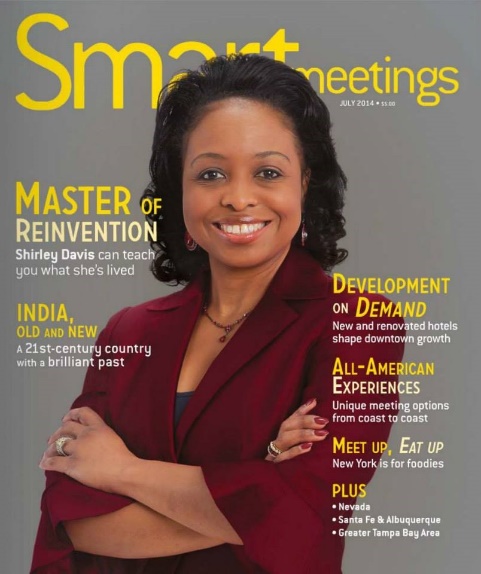
6.I finally published my book, which I call my labor of love. I took on the role of life coach, mentor, and business executive and included more than 100 strategies that will enable you to transform your career, personal life, finances, and your relationships. As of today, more than 1,000 copies have been sold. In 2015, I hope to distribute it globally and sell more than 5,000 copies. If you need to Reinvent Yourself so that you can start your year off right and set yourself up for a successful 2015, click here for more details https://new.drshirleydavis.com/product/reinvent-bundle-book-workbook/
7.I attended the National Speaker’s Association Annual Conference in San Diego and I learned so many strategies, tips, and techniques that were instrumental in my launch into the full time speaking business this year. A highlight was being asked to speak at the Global Speaker’s Federation while there. What an honor to be amongst my peers.


8.I am so proud of my daughter. She is truly a ‘chip off the young block’ (LOL). In a lot of ways she is following in my example as an aspiring international performer, a former beauty queen, and a straight A student. She is also gorgeous, talented, grounded, passionate, and she’s my best friend.
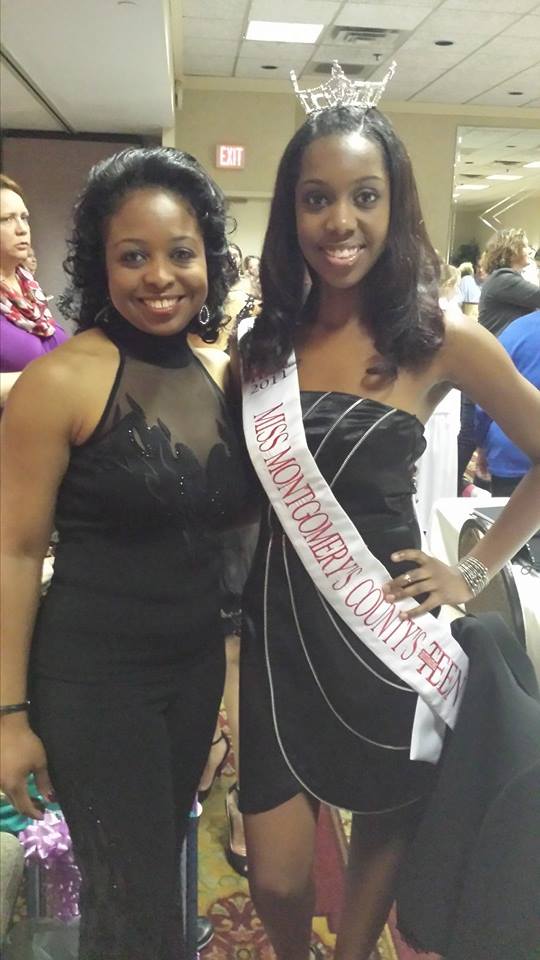

She recently competed in her university’s talent showcase and took first place. I know that we as parents tend to exaggerate about our children’s talents, but believe me when I say, “this girl can sang.” Listen to her here and judge for yourself:
9.I had the honor to share the stage and to meet so many fascinating people in 2014. I was honored to be asked to be the Honorary Chair at the 2014 International Women’s Luncheon on behalf of the Texas Women’s Empowerment Foundation. I was also asked to be an executive coach at Diversity Woman Leadership Conference, the panel moderator for the National Sales Network’s Executive Women’s Session, and to be the closing keynoter at the National Association of African Americans in HR. Here are a few that you may know.


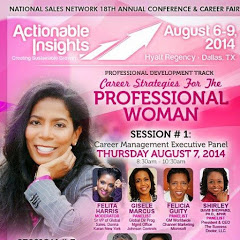
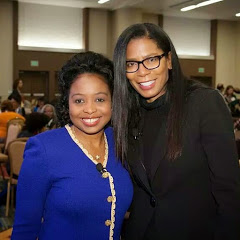
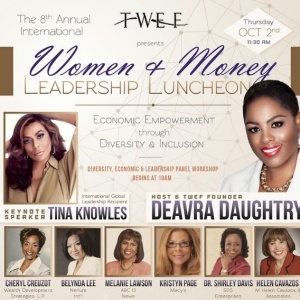
10.Attending the Executive Leadership Council’s Annual Gala featuring Secretary of State, Hillary Clinton, BET’s Debra Lee, and hosted by Brandy and Entertainment Tonight’s Co-host, Kevin Frazier escorted by my husband and my good friend and the Founder/CEO of Diversity Woman Magazine, Sheila Robinson.
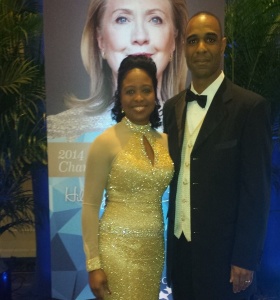
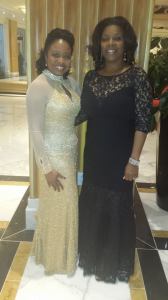
11.Part of my business model when I branched out into my own was to engage in strategic alliances and partnerships in addition to my own channels of business. I am pleased to have established those with SHRM, Cook Ross, the Winters Group, and HR Spectrum as a Consultant and Contractor where ALL of my expertise in design, development, delivery, coaching, and consulting have been fully utilized. Looking forward to forging new partnerships in 2015.
12.I’m not ALL work and no play J. My husband and I spent our wedding anniversary at the Fontainebleau in Miami Beach and Boca Raton. We had a blast.


13.The companion study guide to the Reinvent Yourself book was released in September. This workbook has 120 pages of personal assessments, reflection questions, and exercises that will take you on your personal journey of reinventing yourself in 2015. If you need to Reinvent Yourself so that you can start your year off right and set yourself up for a successful 2015, click here for more details https://new.drshirleydavis.com/product/reinvent-bundle-book-workbook/.
And be sure to sign up for my E-newsletter—The Success Doctor’s Digest, and check out my book and workbook for Reinvent Yourself.
14.My end of the year retreat to Cabo San Lucas was absolutely fabulous. Every year for a decade I have celebrated the Christmas holiday with family and then headed out of town to some paradise by the water, with lots of sun and sand. I get rested, refreshed, refueled, and ready to take on a new year. This year was no different. Watch out 2015. I am ready to take you by storm and go to higher heights and deeper depths in my business, my personal relationships, my finances, my spiritual life, and in my health/well-being. I thought 2014 couldn’t get any better…..but I am excited to see what great things are in store for me in 2015.

If you haven’t already reflected on your year, now is the time to do so. If you don’t take inventory on what worked well and what didn’t, you are apt to repeat your performance. Here’s wishing you a prosperous, profitable, and productive 2015.

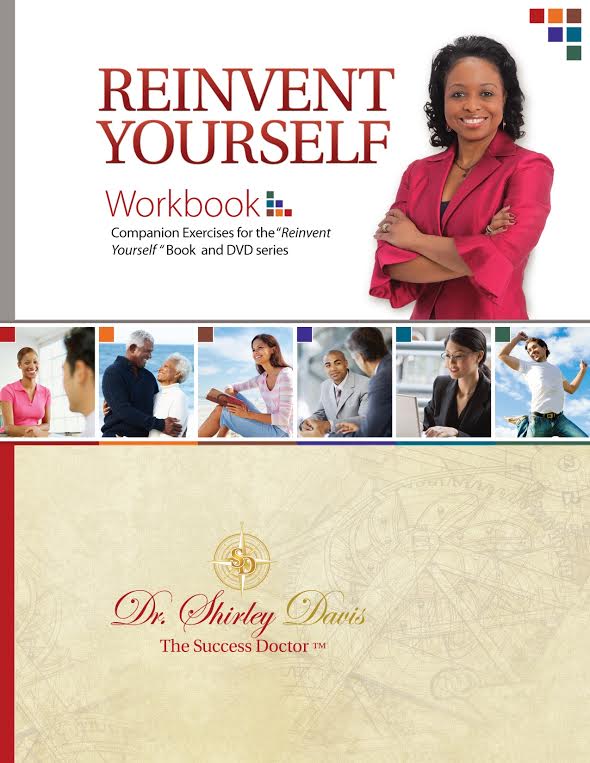
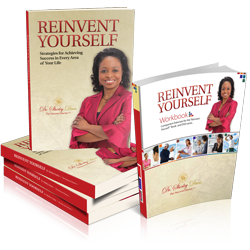
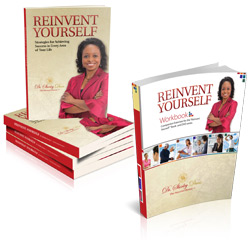
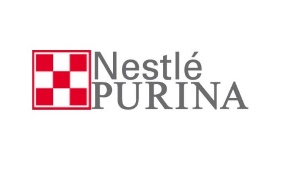

 As you can see, dogs live the cubes with their owner and have doggie gates. Where the names of the associates appear on their offices/cubes, so does the name of the furry friend. Many of the cubes were their home away from home and were lined with their favorite toys, their beds, and water tins. In the back of the building is a dog park where they can go for a walk and to release. Dogs feel quite at home while at the office and everyone knows each other’s pet.
As you can see, dogs live the cubes with their owner and have doggie gates. Where the names of the associates appear on their offices/cubes, so does the name of the furry friend. Many of the cubes were their home away from home and were lined with their favorite toys, their beds, and water tins. In the back of the building is a dog park where they can go for a walk and to release. Dogs feel quite at home while at the office and everyone knows each other’s pet. NO. I assume however, that it would be quite difficult to work there though and if you don’t like dogs, are afraid of dogs, or are allergic to pet hair. Nestle Purina has become the benchmark for how to work, live, and love your pets at work. They have shared their policies with other companies who have implemented their pet policy. In addition to their great pet policy, I had the opportunity to hear their CHRO reaffirm how important it was for them to take control of their work and life balance, prioritize and determine if they really needed to be in all meetings, and to be sure to stay home if they are sick. I so appreciated hearing this come from the CHRO. He was walking the talk!! Kudos to Steve.
NO. I assume however, that it would be quite difficult to work there though and if you don’t like dogs, are afraid of dogs, or are allergic to pet hair. Nestle Purina has become the benchmark for how to work, live, and love your pets at work. They have shared their policies with other companies who have implemented their pet policy. In addition to their great pet policy, I had the opportunity to hear their CHRO reaffirm how important it was for them to take control of their work and life balance, prioritize and determine if they really needed to be in all meetings, and to be sure to stay home if they are sick. I so appreciated hearing this come from the CHRO. He was walking the talk!! Kudos to Steve.



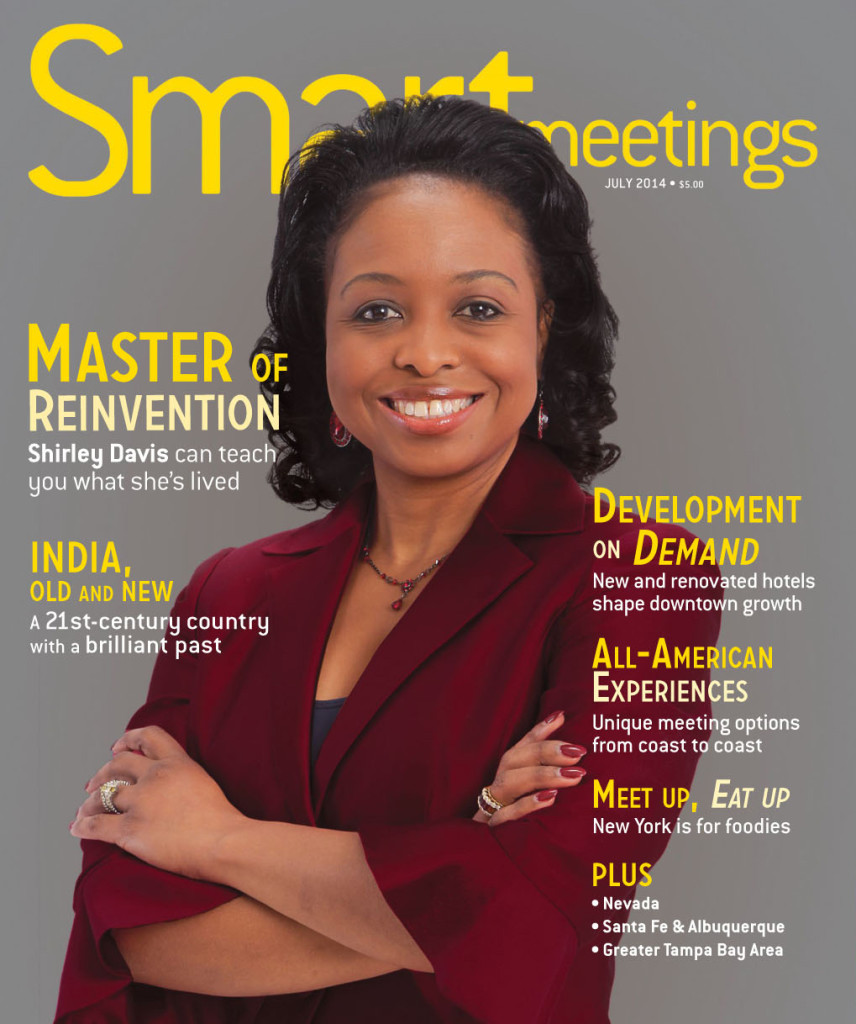
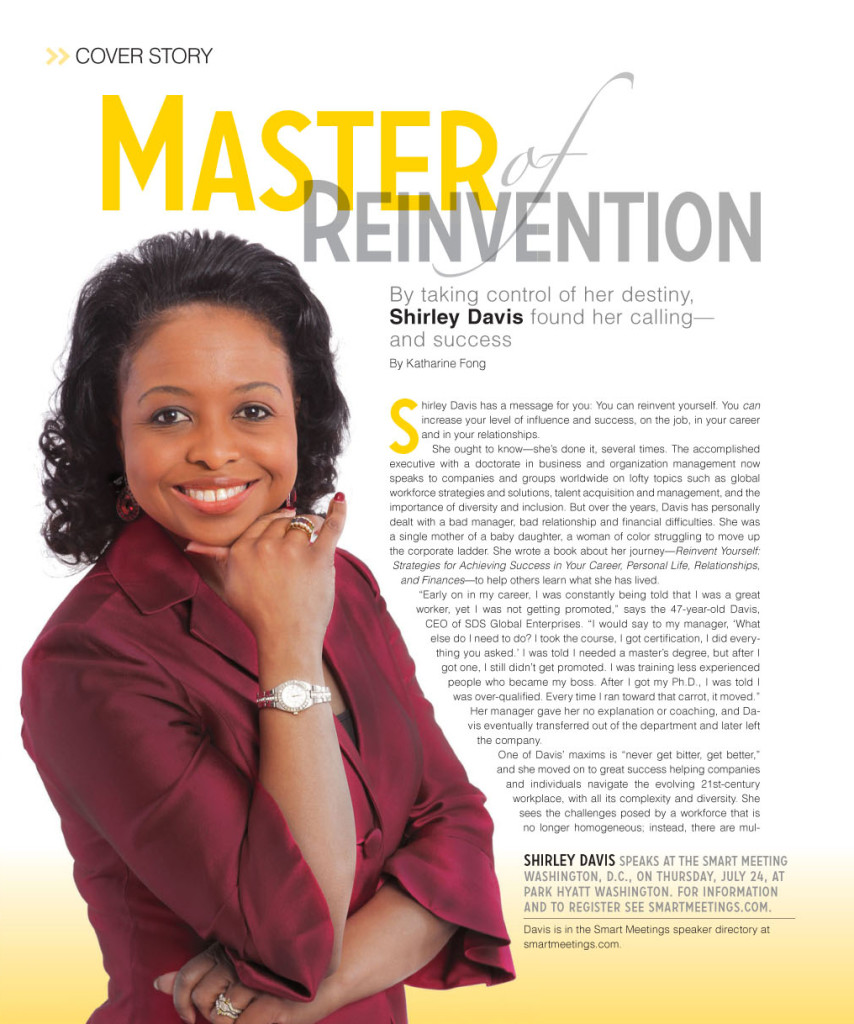
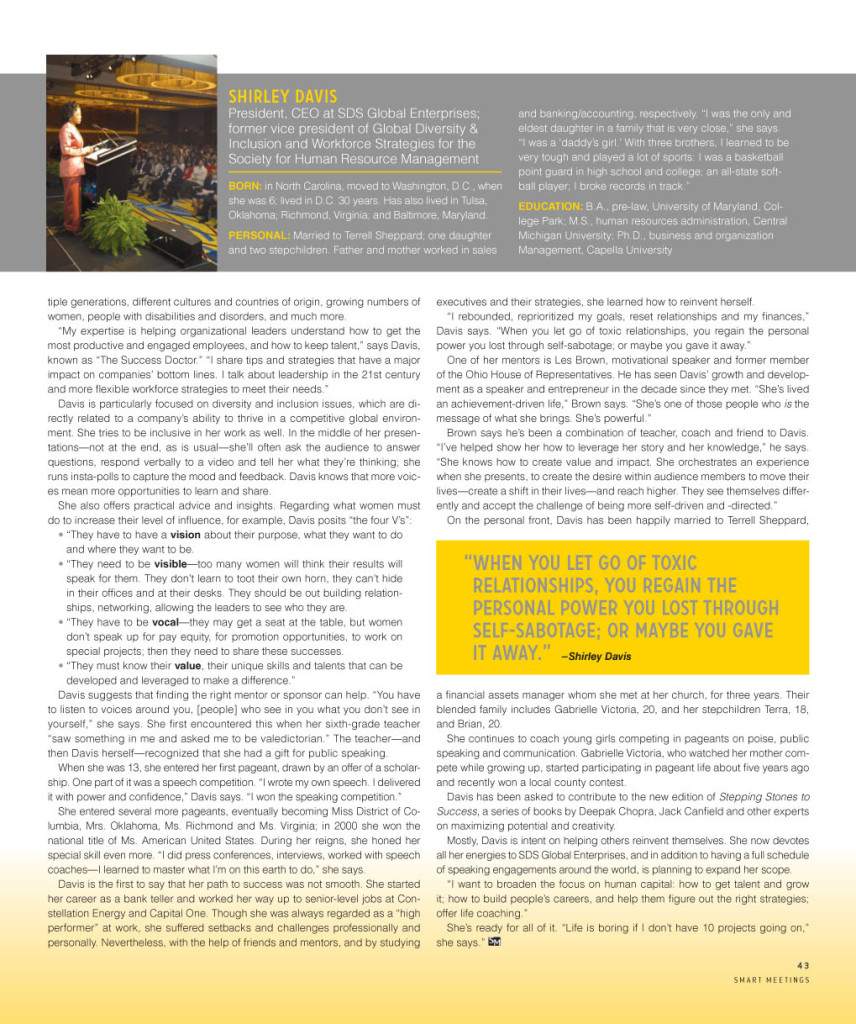

 some, it may be a small startup that requires little up-front capital, but it will still require a lot of effort, time, energy, planning, and knowledge of business. No one should make this step without first counting up the costs. Not only the costs of starting and operating a business, but the costs or the toll that it may take on your physical and mental health, your relationships, your family, and your finances. Some people empty out their bank accounts or their entire retirement savings to start a business. What do you do then if the business fails? Some people work 70, 80, 100 hours a week trying to get the business off the ground. What is the impact that this will have on your relationship with your significant other, or your children? How will it affect your health and well-being if you’re not eating appropriately, getting very little sleep, or don’t have any time to exercise. How will you handle the mental stress of operating a business? As in any new venture or new relationship, you have to ask yourself, “What am I willing to give up in order to follow my dream and to be successful.” Counting up the costs and knowing what you are walking into and then preparing for the journey is the first step towards business success.
some, it may be a small startup that requires little up-front capital, but it will still require a lot of effort, time, energy, planning, and knowledge of business. No one should make this step without first counting up the costs. Not only the costs of starting and operating a business, but the costs or the toll that it may take on your physical and mental health, your relationships, your family, and your finances. Some people empty out their bank accounts or their entire retirement savings to start a business. What do you do then if the business fails? Some people work 70, 80, 100 hours a week trying to get the business off the ground. What is the impact that this will have on your relationship with your significant other, or your children? How will it affect your health and well-being if you’re not eating appropriately, getting very little sleep, or don’t have any time to exercise. How will you handle the mental stress of operating a business? As in any new venture or new relationship, you have to ask yourself, “What am I willing to give up in order to follow my dream and to be successful.” Counting up the costs and knowing what you are walking into and then preparing for the journey is the first step towards business success. I need to do differently to ensure success going forward and to avoid making the same mistakes. Whatever time works for you, I recommend that you just get away and do it. I do it at the end of the year because the first part of the New Year is approaching and it’s the best time to be thinking of making a new start. I try to identify those things that I need to put into place so that I have the rest of the year to make those things happen.
I need to do differently to ensure success going forward and to avoid making the same mistakes. Whatever time works for you, I recommend that you just get away and do it. I do it at the end of the year because the first part of the New Year is approaching and it’s the best time to be thinking of making a new start. I try to identify those things that I need to put into place so that I have the rest of the year to make those things happen.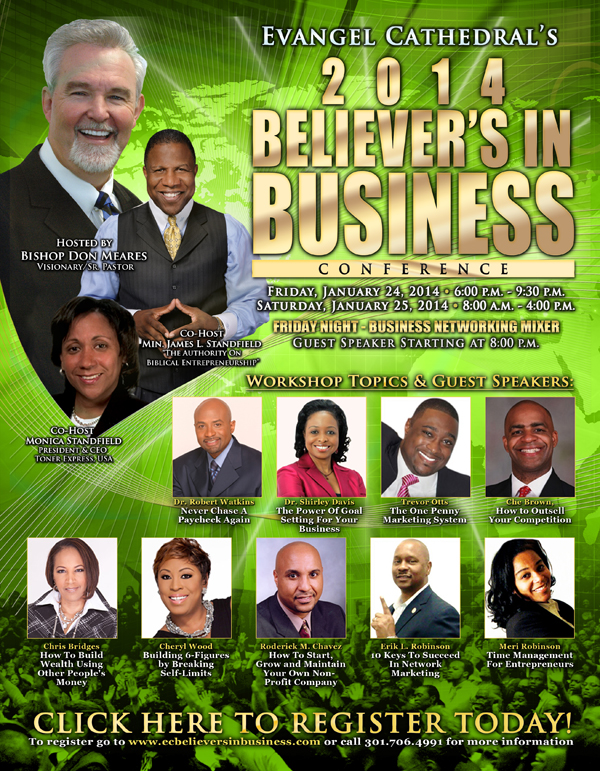
 22% to 29%, and university faculty from 32% to 39%.
22% to 29%, and university faculty from 32% to 39%.

